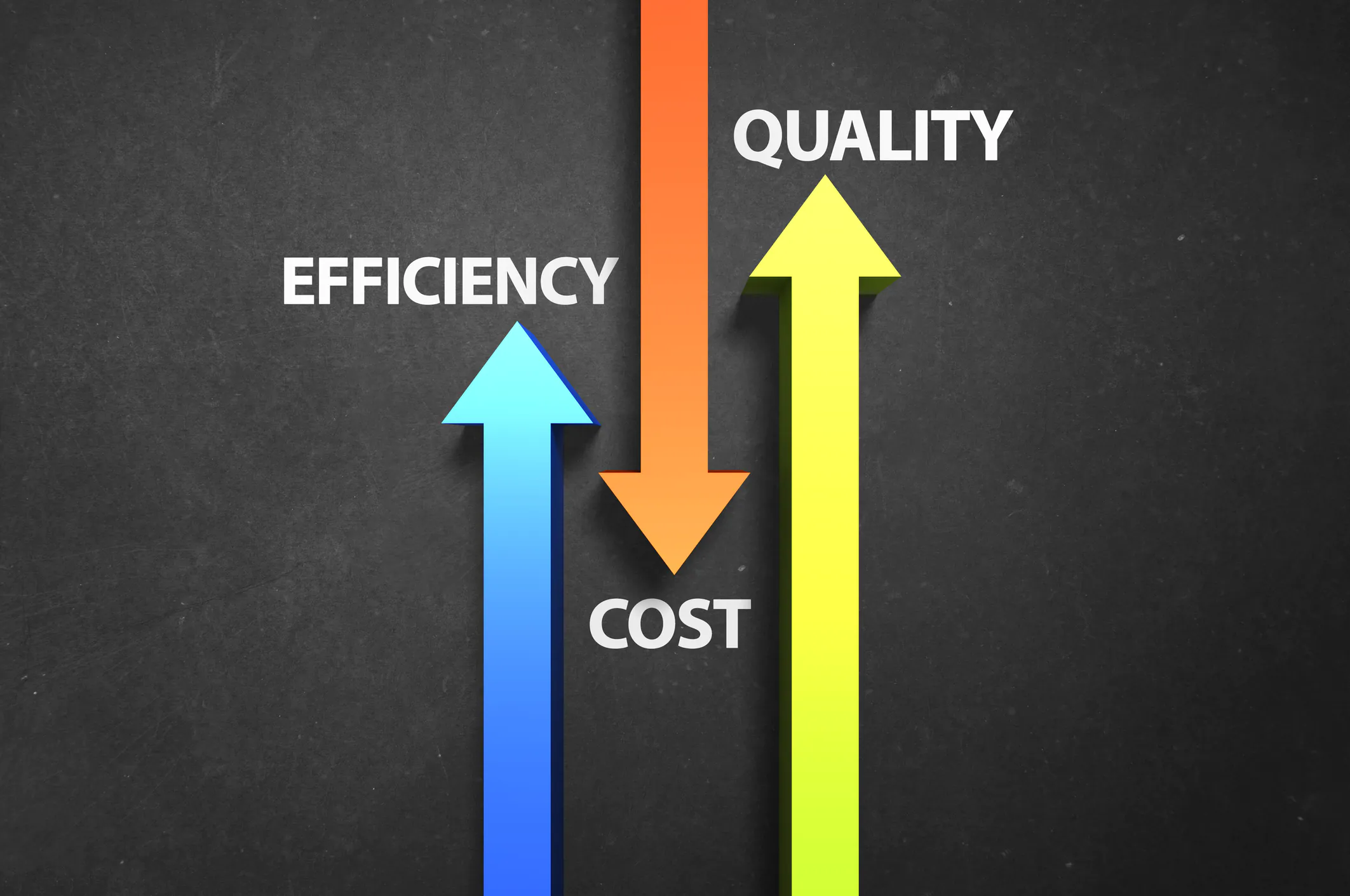How Does Cost Reduction Strategy Help in the F&B industry?
The food and beverage (F&B) industry is grappling with a myriad of challenges, including escalating operational costs and volatile market conditions. In recent years, companies in this sector have faced significant obstacles such as supply chain disruptions, labor shortages, and inflationary pressures. These challenges have compelled F&B businesses to prioritize cost-reduction strategies to maintain profitability and deliver exceptional customer satisfaction.
The food and beverage industry’s adoption of comprehensive cost-reduction strategies is crucial for navigating the challenges posed by rising operational expenses and market volatility. By focusing on supply chain optimization, technology adoption, waste reduction, standardization, employee development, and utility management, F&B companies can enhance their bottom line, improve operational resilience, and deliver exceptional value to their customers. By implementing these strategies, businesses can mitigate risks associated with product shortages, spoilage, and wastage, ultimately reducing costs and enhancing overall efficiency.
Top Cost Reduction Strategies in the Food and Beverage Industry
-
No 1
Watch your food waste
Use advanced analytics to accurately predict customer demand
-
No 2
Staff productivity
Provide efficient training, clear communication, and growth opportunities
-
No 3
Stock management
Use accurate inventory tracking and demand forecasting solutions
-
No 4
First in, first out (FIFO)
Use the oldest inventory first through organized shelving process
-
No 5
Review your menu
Analyze preferences, track popularity, and manage ingredient costs
Cost Reduction Best Practices for the F&B Industry
- Inventory management: Balance supply and demand with accurate demand forecasting and procurement intelligence. Regularly track and review inventory to prevent overstocking, shortages, spoilage, and waste
- Minimize waste: Improve inventory management, source fresh produce from top suppliers, and use temperature-controlled transportation. Provide clear storage instructions to reduce spoilage and waste, supporting sustainable growth
- Choose the ideal suppliers: Select suppliers based on quality, hygiene, price, lead time, and coordination. Ideal suppliers ensure high-quality products, competitive prices, and reduced waste, contributing to cost savings
- Continuous audits: Regularly audit supply chain departments, including supplier performance, procurement, and inventory management. Continuous audits help detect risks, reduce waste, and identify cost-reduction opportunities
- Track all purchases: Track all purchases, deals, deliveries, stocks, and distributions to improve transparency and prevent over-ordering. Effective tracking mitigates risks, identifies cost-saving opportunities, and enhances operational efficiency
- Train employees: Train employees on hygiene, spoilage management, and efficient coordination. A well-trained workforce reduces waste, spoilage, and unnecessary expenses
- Utilize technology: Implement automation, smart factories, IIoT, and AI systems to reduce errors and improve efficiency. Use automated ordering, tracking, and data analytics for better decision-making and cost reduction
Success Story
Background:
- A renowned food retailer and fast-food chain experienced rising costs and declining savings despite increased demand in recent quarters
- An audit of their inventory, procurement, and sourcing departments revealed significant issues with wastage, over-stocking, spoilage, and unnecessary expenses
To address these challenges, the company partnered with SpendEdge to leverage our cost-reduction solutions and regain profitability while maintaining high product quality.
Solutions:
- Our experts guided the retailer to implement efficient cost-reduction practices such as supply chain management, energy-efficient practices, advanced inventory management systems, and sustainable practices to minimize wastage, reduce losses, and enhance overall performance. By integrating smart technologies like predictive analytics for demand forecasting and automated ordering system into their operations, the company achieved a more hygienic, error-free, and well-tracked system
- Additionally, they re-trained employees to handle stocking, spoilage, and supply chain complexities more effectively, incorporating feedback and suggestions from staff to gain clearer insights into operational challenges
- The company also hired a highly skilled supply chain manager to oversee operations, coordinate departments, improve efficiency, and identify further cost-reduction opportunities
These strategic changes resulted in the F&B retailer restoring efficiency, achieving significant cost savings, and maintaining high customer satisfaction rates within a year. The company successfully expanded its business while continuing to offer high-quality products.

 Twitter
Twitter






